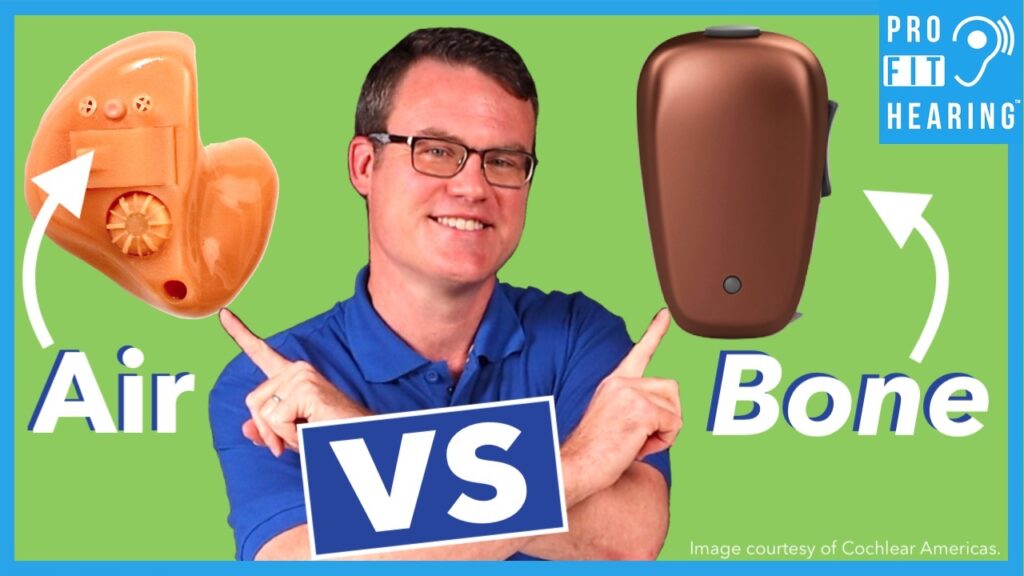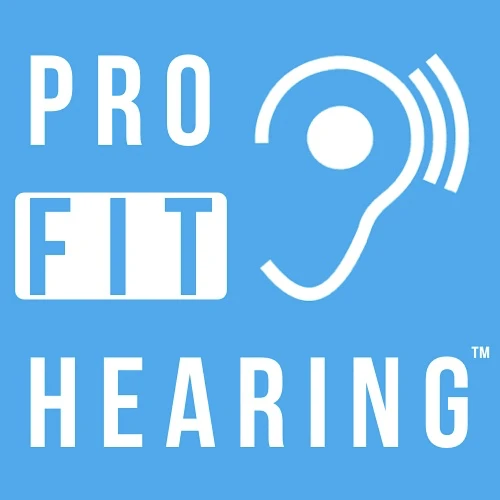Bone Anchored Hearing Aid (BAHA) vs Hearing Aid

Bone Anchored Hearing Aid (BAHA) vs Hearing Aid
What’s the difference between a bone anchored hearing aid (or BAHA) and a traditional hearing aid, and how do these devices help you hear your best? In this post, I’ll discuss these two types of hearing device technology.
SUBSCRIBE to our YouTube channel for weekly videos!
Hi, I’m Dr. Derek – audiologist, audio engineer, and musician with ProFitHearing.com bringing you the best insight in today’s latest hearing aids, headphones, and audio technology to improve your life. If you have concerns about your hearing, always consult with your local physician or audiologist.
If you’re interested in hearing aids, check out my free eBook HERE.
When we have hearing loss, we experience reduced hearing sensitivity for different frequencies or pitches. So for example, if we have a high frequency hearing loss that impacts our ability to hear the consonants in speech. This reduces the speech clarity and it makes it more difficult to understand what someone’s saying especially in background noise.
Bone Anchored Hearing Aid (BAHA)
One type of hearing device technology is a BAHA or a bone anchored hearing aid. It’s used to treat conductive hearing loss, mixed hearing loss, and single sided deafness. Conductive hearing loss is when sound can not travel down into the ear canal normally. This can be caused by problems with the eardrum, middle ear cavity, the bones inside the ear, or a narrowing or absence of an ear canal. Mixed hearing loss is a combination of sensorineural and conductive hearing loss, and single sided deafness is profound hearing loss on one side.
A BAHA uses bone conducted sound. The microphones on a BAHA pick up the sounds around you, process the sound, and then amplify the sounds to accommodate hearing loss. The amplified sound is then transferred to the inner ear through the skull as the BAHA vibrates against the head.
A bone anchored hearing aid can be held into place behind the affected ear with a softband which is common with children, a SoundArc headband, or it can be surgically connected to the skull. One possible surgical approach is to use an abutment or metal post inserted into the skull. The BAHA device is then attached to the post. Another solution uses an implant under the skin. A sound processor device is placed behind the ear or on the head. This sound processor connects to the implant under the skin via a coil of wire and a magnet.
Hearing Aid
A second type of hearing device technology is a hearing aid. A hearing aid uses air conducted sound. It does not use bone conduction nor does it include possible surgery like a bone anchored hearing aid. Hearing aids fit either inside the ear or behind the ear. A hearing aid also uses microphones to pick up the sounds in your environment. A computer chip inside the hearing aid processes the sound so that the background noise is reduced and the speech sounds are amplified. This improves your speech audibility and clarity for improved communication.
Bone Anchored Hearing Aid (BAHA) vs Hearing Aid
Why would you use a Bone Anchored Hearing Aid over a traditional hearing aid or vice versa? First consult with your local audiologist or physician to determine if either device is appropriate for your specific needs. Generally, a BAHA can help improve hearing for ears that do not have an ear canal or won’t accommodate a traditional hearing aid. Your audiologist or physician can review your history and test results to help you determine the best solution.
Let me know what questions you have in the comments below. If you received value from this post, go to https://www.youtube.com/profithearing and check out all the videos on our YouTube channel.
-Dr. Derek
